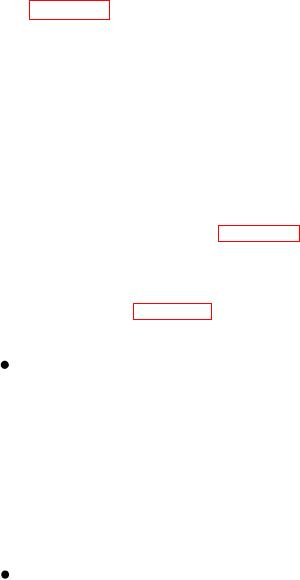
technical information related to the configuration,
from a fleet were in greater danger of being sunk or
operation, maintenance, safety features, installation,
captured. A fleet lying to in order to replenish was more
and procurement of UNREP equipment.
vulnerable to attack, and a fleet heading back to port left
the way open for an enemy fleet to accomplish its
mission. With UNREP, a whole fleet can be resupplied,
COMMON REPLENISHMENT
rearmed, and refueled in a matter of hours while
FEATURES
proceeding on its mission.
Many features are common to all replenishment
operations. The officer in tactical command (OTC) is
CONNECTED REPLENISHMENT
responsible for selecting a suitable course and speed,
and for taking into consideration the mission of the
In connected replenishment (CONREP), two or
group and the condition of the sea.
more ships steam side by side, and the hoses and lines
used to transfer fuel, ammunition, supplies, and
Generally, the delivering ship takes station, and the
personnel connect the ships. CONREP involves two
receiving ship maneuvers to come alongside and
processes--refueling and resupply. In fueling at sea
maintain position during the operation. During
(FAS), fuel is pumped from a delivering ship, which
replenishment, individual flaghoists are displayed, as
may be a replenishment oiler (AOR), oiler (AO), fast
shown in figure 5-21.
combat support ship (AOE), or a large combat ship.
Except for gear actually rigged on the receiving
Other replenishment ships such as the combat store ship
ship (such as fairlead blocks and riding lines) and for the
(AFS) and the ammunition ship (AE) can deliver lesser
distance line and burton whips, the delivering ship
amounts of fuel, but their primary purpose is to deliver
furnishes all the equipment.
solid cargo-that is, supplies and ammunition-by the
methods now referred to as replenishment at sea (RAS).
BRIDGE-TO-BRIDGE PHONE/DISTANCE
LINE
The most common refueling rigs are the span-wire
and close-in rigs. The span-wire rig has several
The bridge-to-bridge (B/B) phone/distance line
variations-single hose, double hose, and probe. The
provides both a sound-powered (S/P) phone circuit and
span wire may be either tensioned or untensioned. The
a distance-between-ships visual indicating system.
span wire is tensioned by a ram tensioner. A tensioned
This line is required on all ships. See figure 5-22.
span wire, or highline as it is called in RAS, is also used
DISTANCE MARKERS
when the standard tensioned replenishment alongside
Distance markers on the B/B phone/distance line
method (STREAM) of transfer is used. STREAM
are arranged as shown in figure 5-23. You make the line
transfer consists of an all-tensioned rig, highline,
up for use as follows:
outhaul, and inhaul.
The illustrations in this chapter and the procedures
Day: These markers are colored cloth, nylon-
described are representative only. For example, many
coated fabric, or painted-canvas markers, each 8
items of rigging, such as guys and preventers, have been
inches (20.3 cm) by 10 inches (25.4 cm), spaced
omitted from illustrations for purposes of clarity.
at 20-foot (6.0-m) intervals from 0 to 300 feet (0
Standard Organization and Regulations of the U.S.
to 91.4 m). The distance is shown in numerals 5
Navy (commonly called the SORM), OPNAVINST
inches (12.7 cm) high. The markers must be
3 1 2 0 . 3 2 , NWP 14 (Series), and Underway
sewn, lashed, or otherwise stopped off in such a
way that they will not slide along the line. You
Replenishment Hardware and Equipment Manual
must provide grommets, as appropriate, to lash
provide the details of rigging and identify the personnel
chemical lights for night replenishment.
and tools required for each rig. Ship's plans show
rigging details, while the SORM affixes responsibility
Night: Rig chemical lights to the distance line by
for the various functions to be performed.
using two blue chemical lights, one on each side
Underway Replenishment Hardware and
of the 60-, 100-, 140-, and 180-foot (18.2-, 30.4-,
Equipment Manual provides a catalog of the equipment
42.6-, and 54.8-m) markers. Lash one red
used in the transfer of solid cargo and bulk fluids and a
chemical light on the approach-ship side of the
description of the methods used in UNREP. This
other markers. (One-cell, pin-on-type red
manual permits the user to identify the equipment and
flashlights may be used instead of red chemical
lights.)
its intended use, and to locate additional detailed
5-13

